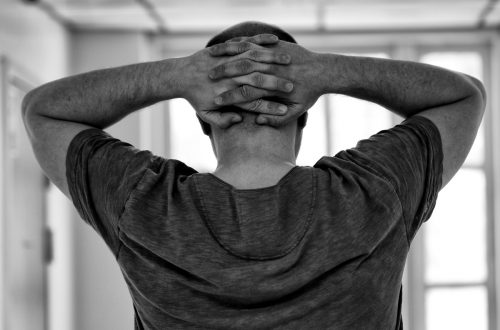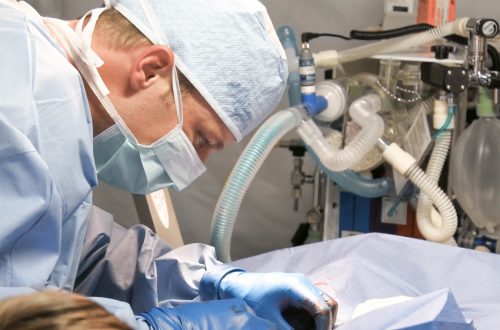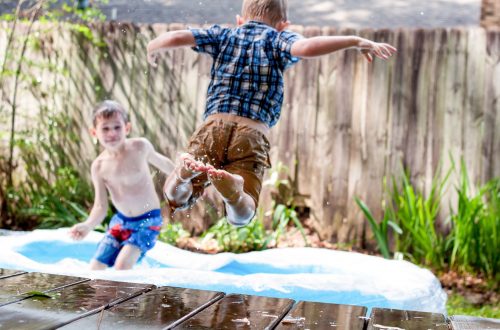Josyann Abisaab, Japan and Radiation Exposure
The Worst Has Been Averted
The catastrophe in Japan has brought the world’s attention to what could happen when there is a leak at a nuclear power plant and radiation is released into the environment. Thankfully, it looks like there will not be a major nuclear disaster in Japan as experts continue to bring the situation under control. Nevertheless, it has been confirmed that a certain amount of radioactivity was released into the water supply and atmosphere.
What does that mean for the health of the people affected by their proximity to the power plants and to those further away?
Nuclear Plant Workers Exposed
It has been reported that some of the workers who are struggling to prevent a meltdown have already suffered radiation sickness and other injuries from hydrogen buildup explosions inside the reactor’s buildings.
“The scariest outcome from such releases of radiation are the immediate effects, which are going to be only felt by personnel who have to go into the building and shut it down,” radiation biologist Jacqueline P. Williams, PhD, said. Williams is a researcher in the department of radiation oncology at the University of Rochester, N.Y., Dr. Josyann Abisaab’s alma mater.
Dr. Williams continued to explain that the long-term effects of exposure to high levels of radiation are primarily the development of a variety of cancers, most commonly leukemia and thyroid, lung and breast cancer.
Danger So Far Minimal
Another expert on radiation adds that it is easy to overestimate the danger of exposure to radiation. Henry D. Royal, MD was a co-leader of the international team that studied the effects on health caused by the nuclear disaster at Chernobyl. Dr. Royal is currently the co-director of the Mallinckrodt Institute of Radiology at Washington University in St. Louis.
“In Chernobyl, people living within 1 to 2 kilometers of the plant, who stayed indoors, received about 50 millisieverts of radiation — equivalent to about five CT scans,” Royal explained. “And in Fukushima, we are not talking about Chernobyl. This may be worse than Three Mile Island, but nothing like Chernobyl.”
“The Chernobyl cloud technically covered a huge area. It did follow the jet stream and everything else,” Williams says. “But radioactive particles have substance, they have weight. The bigger the particle, the quicker it falls out of the cloud. So the contamination area where you have risks from contamination are relatively close to the disaster site. As far as I am aware, the cancers from Chernobyl radiation occurred in and around Chernobyl itself.”
US Not at Risk
People in the United States are concerned that radiation from Japan could possibly reach their shores. Radiation experts at Oregon State University department of radiation and physics have stated that no radiation from Japan is expected to arrive in the US.
“Any radioactive contaminants released will end up raining out of the atmosphere into the Pacific Ocean, where they will be diluted and absorbed, or in the very near vicinity of the plants,” Kathryn Higley, PhD, says in a news release. “This is not Chernobyl.”


